Decoding The Batman (2022): The proverb goes, “Morning shows the day.” When Matt Reeves announced right off the bat that he didn’t want to do anything new about Batman’s origin story, that made the thing much more interesting; there was no room for doubt that it was the best decision. In fact, Matt Reeves was more fascinated in telling the story of next to origin. But when I went to watch the movie, a subtle but unexpected surprise kicked in. I noticed that Matt Reeves, thankfully, didn’t go down the same road of elucidating the origin story as promised. Still, while introducing this new Batman, he painted a shadow of Batman’s origin in a collage of just a few minutes at the very beginning.
The origin story is a significant landmark for any vigilante saga. In the original tale lies the driving force of doing something new, a new idea to change the world. Not only in the case of the vigilante, but it also happens in the case of you or me or anybody doing any ordinary work. Like the first Sun on a winter morning, motivation is needed in life. It could be household work you have ignored for a long time, studying for exams, etc.
Therefore, hidden in the ‘Origin Story’ is a whirlwind of motivation that shakes the protagonist, giving birth to the desire to try something new. Without this force, any superhero activity loses its gravity. In the case of Batman, we already know what this driving force is. But Matt Reeves did not shirk his responsibility. “The Batman” (2022) begins with the demise or murder of a character, and everyone who has watched it knows who died in the beginning.
When Batman goes to investigate the victim’s house, he encounters a young boy and suffices to say that the boy is none but the child of the slain man. We see the boy turn his head and look at Batman helplessly, and Batman can’t take his eyes off him. Within a moment, the scene hits us differently, as it reminds us of little Bruce, who, many years ago, had just lost his parents in the middle of Gotham and was standing helplessly just like this boy. This boy’s age is also around that of little Bruce. It is as if Batman came to investigate the crime scene, and he just got intertwined with his past, his own origin story.
That’s not all. This boy appears in the movie in several other shots and also in some crucial scenes. Bruce Wayne has always been sympathetic to him because he knows that a similar mishap has shaped his own life in an entirely different manner. Since that “particular” day, Bruce’s life seemed to be taken by a storm. So, he naturally develops a soft corner for this boy. Even at the last moment of the submerged Gotham, Bruce held the boy’s hand like a silent guardian, a watchful protector. “A hero can be anyone ….” But is that all? Is that all we should expect from a hero of a larger society?
Directed by Matt Reeves, “The Batman” doesn’t happen to be merely a superhero movie; it has expanded its canvas further than comic books. So we’re also going to discuss this stepping outside the comic book, exploring a bigger canvas of Gotham. Gotham City, created by Matt Reeves, has the scent of Neo-noir scattered across all the corners of the city and sometimes mixed with a Gothic vibe and dystopian cyberpunk. When it comes to dystopia, the first thing that slips through our minds is classicism. Because the class system is an integral part of dystopia, and hypothetically, the people in the lower strata of society always face the major problems in dystopia.
Looking at the series of events from such a point of view, doesn’t it seem that the hero of this saga will essentially emerge from amongst the lower strata of society? Because coming out of a dark alley or a light-dripping subway wrapped in the darkness and growling “I am vengeance” in a deep voice will suit him the most.
Then, in that context, we stumble over a significant question — Who is the protagonist in this movie, Batman or Riddler? Although Riddler (Paul Dano) is not a hero, he is the narrative’s primary driving force. Riddler and Selina Kyle (Zoe Kravitz) are two sides of one coin. They are also vigilantes of society but have no ideology, so they are either categorized as villains or anti-heroes by the conventions. But what is this conventional perspective? Well, let’s put this question aside for now.
Unlike Batman, Riddler and Catwoman do not really care about their entitlement, no matter what. Because they have to fulfill their respective “Vengeance.” They have a crystal clear idea of who their enemies are. Not only this, but they are very much capable of fulfilling their target, no matter what it takes. Interestingly, Batman is a downright novice if juxtaposed with the banner of hollow idealism. This Batman is willing to fight, but he is unable to recognize his ‘enemy.’ He has all the high-tech weapons stored under his nose, while the ‘bull’s eye’ is missing.
But what makes him blindfolded? What could be the reason? Is it true that ideology-less “groundbreakers” like Riddler or Selina Kyle are the victims of this system, whereas the well-equipped “vigilante” Batman is the system? And is that why Riddler or Catwoman’s help is needed for serving Batman’s real purpose, to suppress crime, to identify enemies? Robert Pattinson’s Batman is strong, enduring, and emotionally disturbed but strong, and his words often appear piercing even to his guardian-like Alfred (Andy Serkis). Even after spending a couple of years in crime-fighting, he still occasionally throws some miscalculated punches in the reflex — which can’t help but point out his lack of experience. As a result, Pattinson’s Batman cannot become invincible.
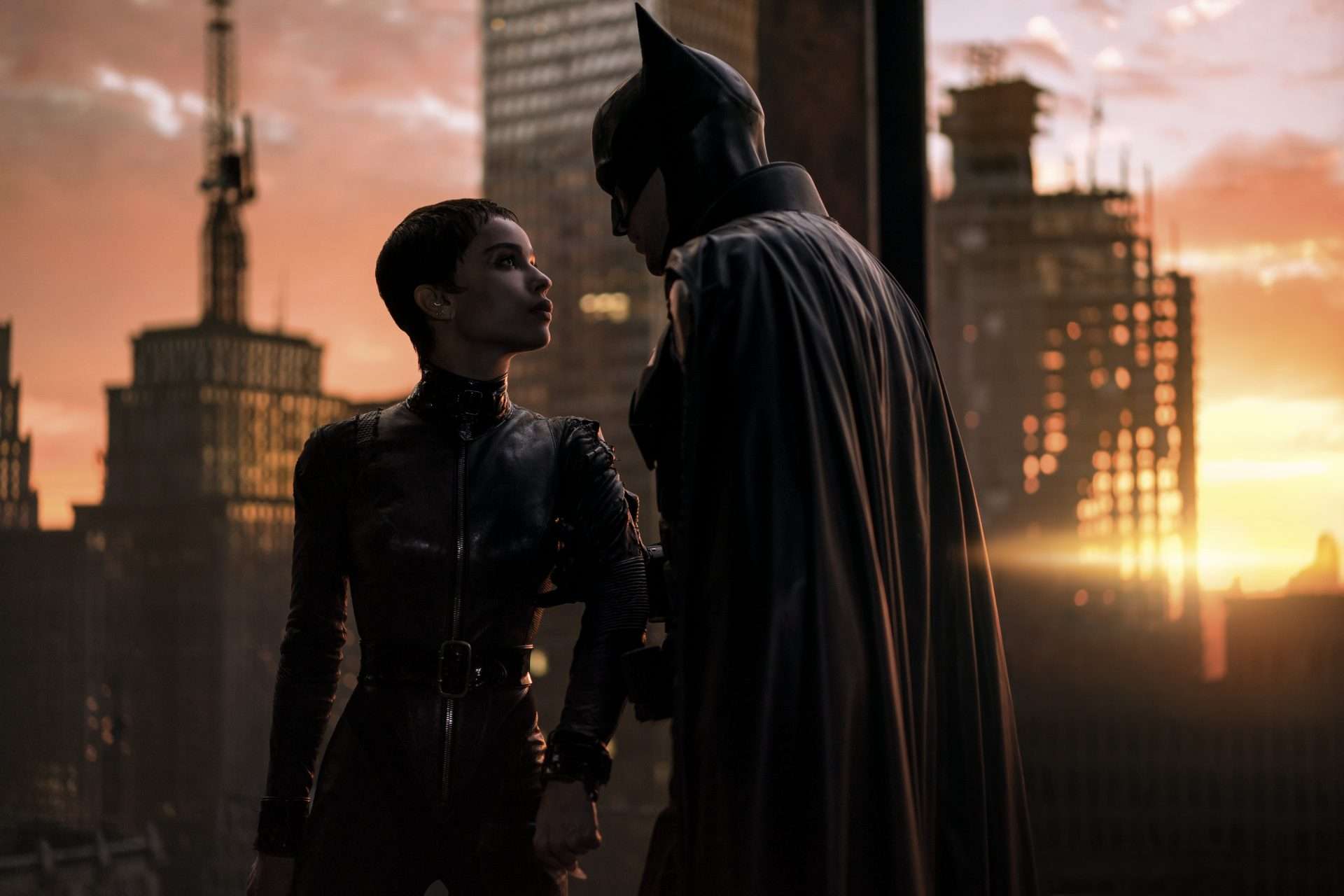
This Batman is naturally very close to you and me (of course, if the billionaire tag can be removed). The sole difference is that Batman, despite being severely wounded, knows how to stand up and fight again with new vigor. But Batman’s problem is not his physicality but his naive ideology. Batman’s problem is that he is Bruce Wayne, a billionaire and industrialist. He has never been to the lower strata of society. He is accustomed to seeing their problems from the top of any high-rise in the city. Therefore, his idea of a criminal is stuck in the copybook knowledge. This idea has become ingrained in his mind that criminality and revenge are nothing but one’s own choice, a consciously chosen path.
He thinks that if he can beat the crap out of some terrorists or petty thugs in the dark streets, Gotham will stay safe and healthy. Of course, it’s because Batman is not profoundly aware of the city’s organized crime. To him, crime does not seem to be a structural problem yet. Batman loves to believe that the world is just black and white, so his perception misses the gray part of society. Had it not been for Riddler and the Catwoman, he would probably have been unaware that the people around him were his real enemies. Maybe for that reason, it takes time for Bruce Wayne to become a true Batman, and he also needs the ‘help’ of both Catwoman and Riddler in identifying the “Big Picture.”
But Bruce Wayne, Edward Nashton, and Selina Kyle all share a very similar beginning, although classicism is the point where their road begins to diverge. As a result, Bruce became the Idealistic Batman; on the other hand, Edward Nashton became the Criminal Ridler.
If you can recall, in the Christopher Nolan movie The Dark Knight Rises, the villain “Ben” told Batman — “You think darkness is your ally? But I was born in the darkness.” In “The Batman” (2022), Riddler says to Batman, “Orphan? Anyone with that much money is not an orphan.” You see, divided by choices of words but united by sentiment. Anyone can entitle them as a hashtag ‘dialogue parallel’ if they want to.
Jokes apart, Riddler could rather be called Robinhood in Gotham (quite underrated and “criminally” rated). In exactly the same way, Riddler has been identified as a villain, particularly by the corrupt, rich, and influential people at the top of society, including Bruce Wayne. Batman is like a sharp-edged sword or a loaded gun with immense potential, but there is no aim to implement. Naturally, Riddler kicks in and picks up this potent sword or gun, whatever you call it! As a result, we see Batman running around like a puppet in Riddler’s hand. And last but not least, in this wild puppet show, the last laugh is definitely of Riddler.
The protagonist of the movie “V for Vendetta,” V, was once heard to say, “A building is a symbol, as is the act of destroying it.” Riddler’s driving force is pretty much similar. Every single brick in each building is a symbol of power, authority, and pride. These buildings cover up long-term organized crimes, covering faces like Penguins or Carmine Falcons sitting inside buildings, infusing the entire infrastructure with contamination for years, and fooling the ordinary people. And from these people, a new Riddler is sometimes born as a by-product.
Bruce Wayne is also a face of this upper class. In his eyes, like other classists, capitalists, and opportunists in Gotham City, Riddler is nothing more than a villain. Because the man under the bat costume is actually Bruce Wayne, his identity is merely that of a billionaire. In fact, there is no such thing as Batman. Like V, Batman, too is the name of a bulletproof idea. But didn’t just Riddler’s actions pierce that bulletproof idea and unmask Batman as well? After all, when one of Riddler’s injured followers answered Commissioner Gordon’s question by saying, “I am vengeance,” we were shocked, and so was Batman. Because that’s what bitter truth does; it gives shock!
With this, the question arises —- Is Riddler the real Vengeance? And Batman is just a shadow? Or is it just Riddler’s joke about Batman’s inefficiency?
However, this is not the end; with only two years of experience, this Batman is physically sound, as well as emotionally and spiritually. The journey from Bruce Wayne to becoming Batman, from a billionaire to a bulletproof idea or “hope,” takes a long route, and this is just the first step for him. So even after losing, Batman rises again, learning to understand that Vengeance doesn’t just belong to him. In a city like Gotham, where the dark color of crime is stuck in the marrow, only justice is the x-factor that can bring change and hope.
As they say, Vengeance is easy, but justice is what takes courage. Justice is what can change the world.

![The Eel [1997]: A Fascinating Tale of Social Isolation and Redemption](https://79468c92.delivery.rocketcdn.me/wp-content/uploads/2016/06/Eel-2-768x384.jpg)
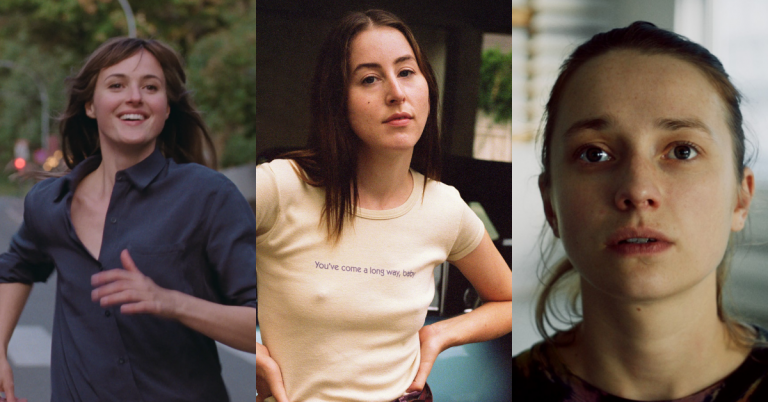
![Annabelle Comes Home [2019] Review: More Fun Than Frightening](https://79468c92.delivery.rocketcdn.me/wp-content/uploads/2019/07/Annabelle-Comes-Home-1-768x432.jpg)
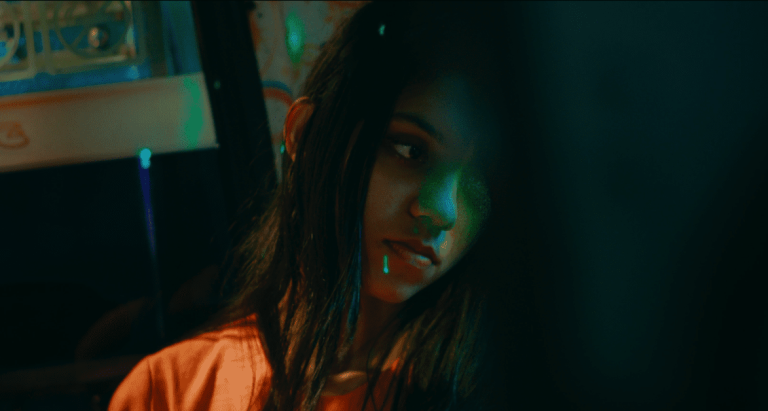
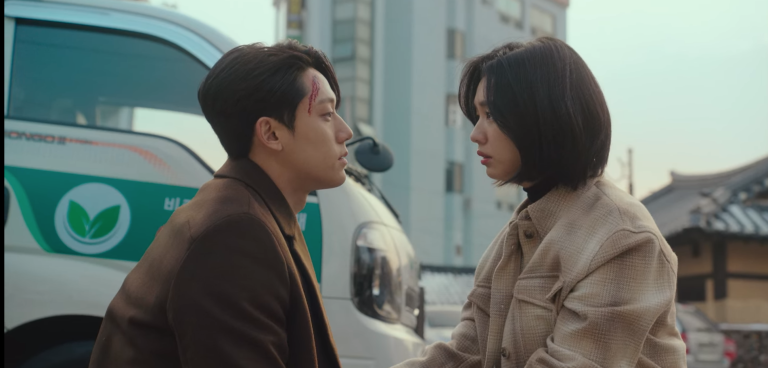
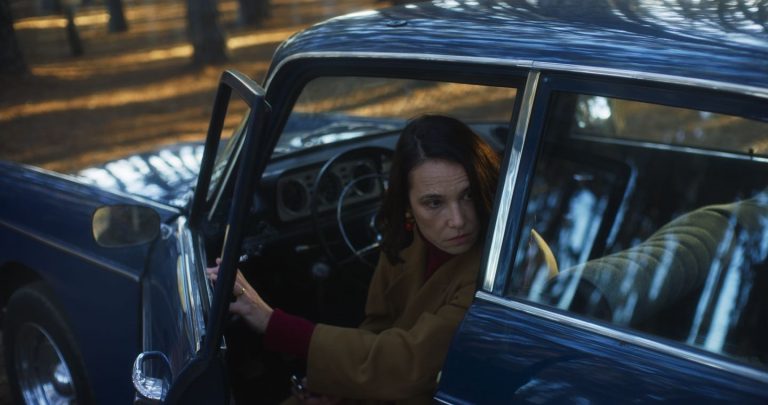
What a truly terrible movie with major plot holes, lapses in logic, an obvious Bruce Wayne who is also Batman issue and a ridiculous chase that causes the destruction of a big chunk of Gotham causing an untold number of deaths just to QUESTION a guy. And it’s not even the right guy. It also has no idea what makes the Batman character Batman and anyone who says it’s comic accurate really needs to watch the animated series, play any of the Arkham games, watch the Dark Knight Trilogy or to appreciate the psychological make up of Batman manifested in phantasmagoric imagery watch Burton’s two films. This one seemed to say “hey Dark Knight was really Dark, we’ll be even better if we make it even darker. And while we’re at it let’s give him Star Trek level technology where he can record everything he sees with a pair of contact lenses so he can watch Catwoman change from across the street like a perv”.